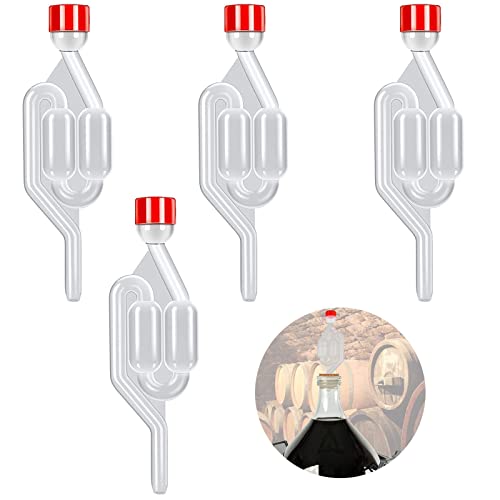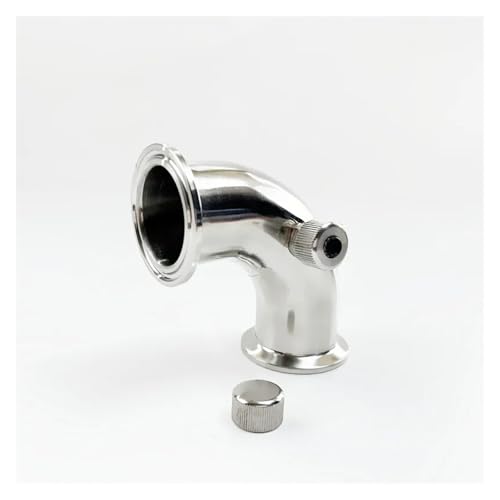OlsBean
Active Member
Iââ¬â¢m fairly new to Brewing so apologies in advance if this is a stupid question. I have some Best Bitter finishing up in the FV and Iââ¬â¢m going to rack it to a PB. This is my 5th Kit but only the second time using a PB. The PB has an S30 valve. Can I skip priming it with sugar and instead just prime it via the S30 with C02? Does carbonating with sugar bring anything else to the brew, apart from raising the ABV a little?
TIA
TIA




































![BREWING THERMOMETER STICKERS ACCURATELY MONITOR FERMENTING BEER & WINE LIQUID TEMPERATURES 5PCS HOME BREW SPIRITS WINE LCD ADHESIVE [US]](https://m.media-amazon.com/images/I/311DDjo2X3L._SL500_.jpg)



